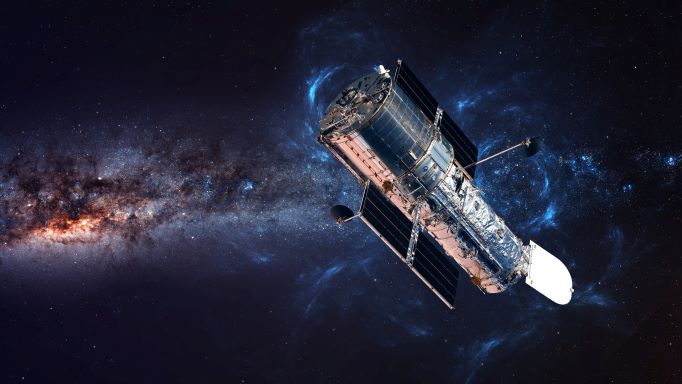Due to a malfunction of the payload computer onboard, the Hubble telescope, the powerhouse for determining massive celestial objects over the past 30 years, experienced hiccups on the 13th of June. The engineers at NASA took charge to fix the problem by using an alternate power unit computer this week. As per a statement, it would take a few days for the observatory to perform operations.
The Hubble Telescope made some incredible discoveries, notably Pluto’s moons, black holes in almost all galaxies, and mysterious dark matter. The Ultra Deep Field image, which contains 265,000 galaxies, goes back to 500 million years after the Big Bang, the 1995 Pillars of Creation, of the Eagle Nebula, where stars are continually forming from clouds of gas and dust, make Hubble a powerful telescope.
The Science Instrument Command and Data Handling (SIC&DH) unit hosts the payload computer set up for controlling, coordinating, and monitoring Hubble’s science instruments.
According to the team, the observation halt is due to an unstable voltage; elevated levels could cause the secondary protection circuit to trip. Moreover, the team’s effort for five weeks to troubleshoot and analyze the problem probed it was due to aging; the most powerful space telescope malfunctioned. The hardware is surprisingly 30 years old, and it interferes with its science. Team members report that the telescope and scientific instruments are in good condition and are operational.
A similar scenario took place years ago, which resulted in the replacement of the entire SI C&DH unit in 2009.
Almost 1.5 million observations have been made by the Hubble Space Telescope since 1990, with over 18000 scientific publications. Additionally, it offered valuable contributions to astronomical discoveries.
Despite the launch of the successor to Hubble, the James Webb Space Telescope (JWST), this year, scientists expect both telescopes to operate simultaneously for some time.
For backup, the engineers switched to pre-installed twins for each piece of hardware designed for such eventualities.
Paul Hertz, director of NASA’s astrophysics division, said it is a risky maneuver to command and ensure it works as you intend without accidentally breaking anything. According to NASA, engineers used the backup payload computer, enhanced safety, and updated the software to assure it was operating normally. Yet to power up the observatory, it might take a week for complete functioning.
“I feel super excited and relieved,” Tull said. “Glad to have good news to share.”
